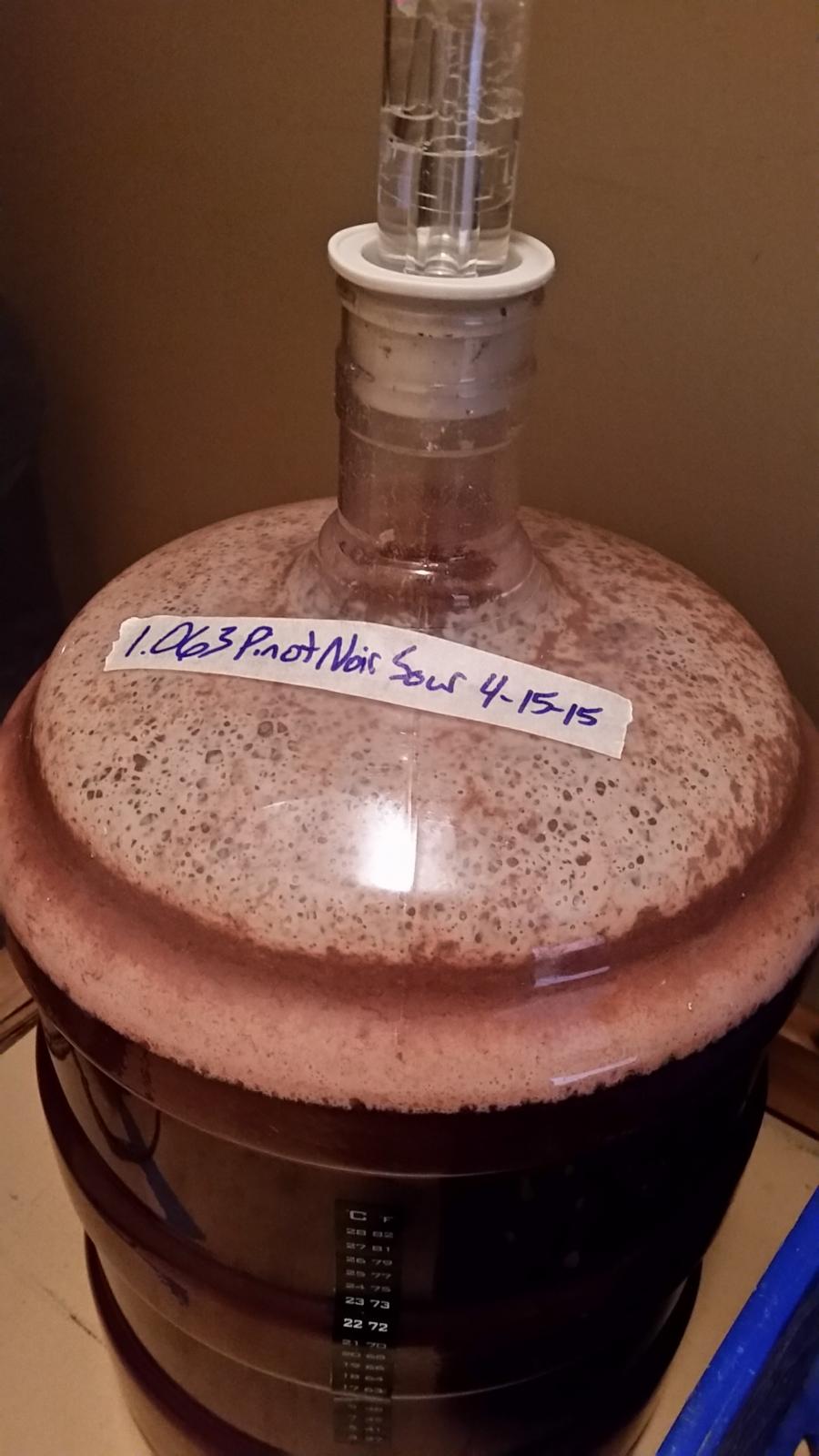I have a few sours in the pipeline but don't have a ton of experience yet. Typically I have intended to let the beer remain in primary on the Roeselare. Last week I brewed a split sour/clean batch, added Roeselare to one carboy and 1214 to the other. The Roeselare carboy had closer to 5.5 gallons in a 6 gallon carboy since I missed my volume high (efficiency was higher than expected). Krausen came up and out a little, so I added some fermcap and it settled back down. I cleaned up the outside of the carboy and put the airlock back on. Active fermentation is beginning to settle down, but the krausen residue is blocking any vision into the carboy. I realize that this isn't a huge concern for the beer, but I'm wondering what everyone thinks. I would not be able to see a pellicle if one formed without removing the airlock.
I have a few thoughts:
Should I leave it like it is for a year?
Should I top off the carboy to the neck with the clean version of the beer?
Should I transfer to secondary for long term aging? I only have glass carboys free at the moment.

I have a few thoughts:
Should I leave it like it is for a year?
Should I top off the carboy to the neck with the clean version of the beer?
Should I transfer to secondary for long term aging? I only have glass carboys free at the moment.

























































![Craft A Brew - Safale BE-256 Yeast - Fermentis - Belgian Ale Dry Yeast - For Belgian & Strong Ales - Ingredients for Home Brewing - Beer Making Supplies - [3 Pack]](https://m.media-amazon.com/images/I/51bcKEwQmWL._SL500_.jpg)
